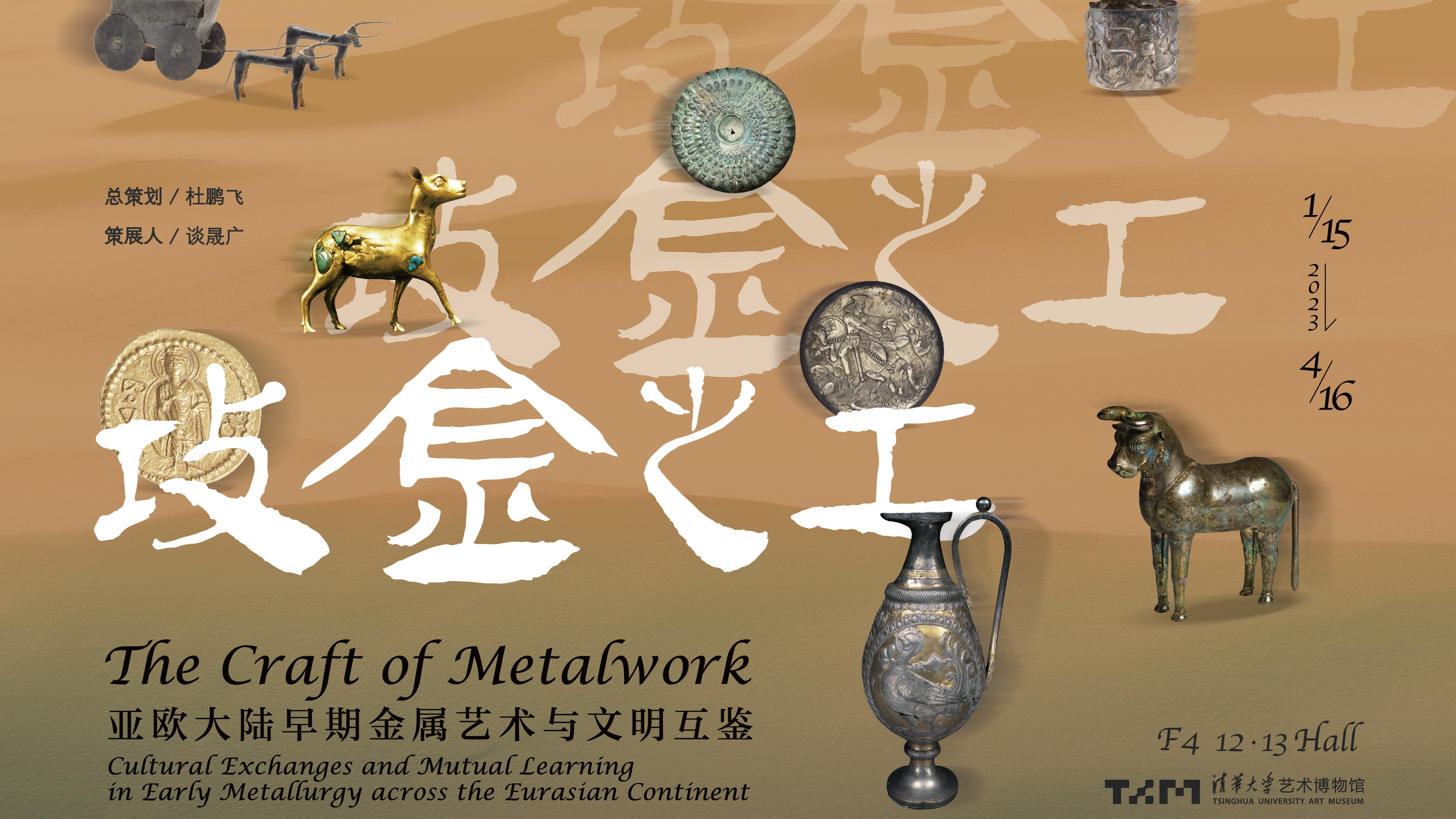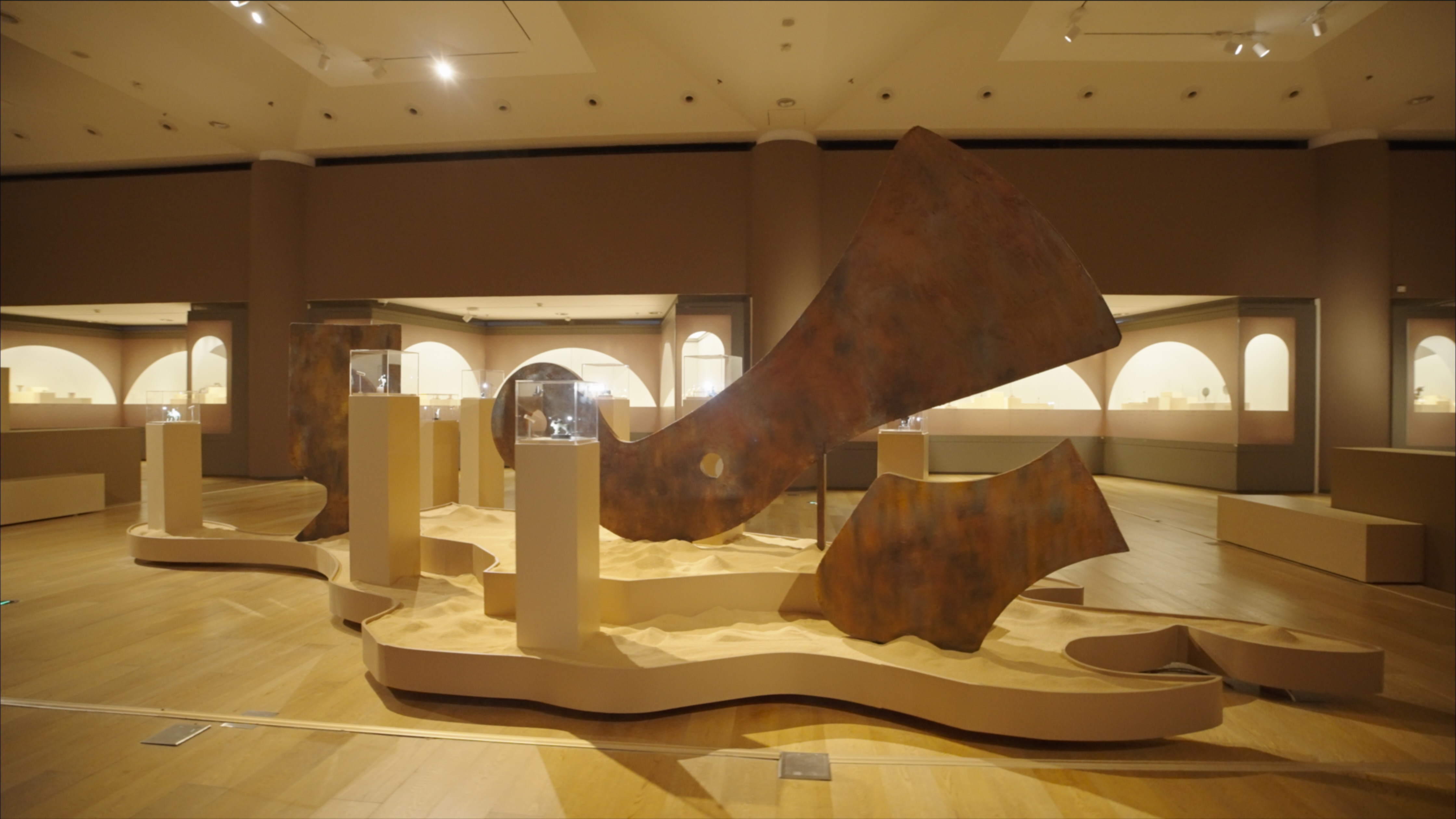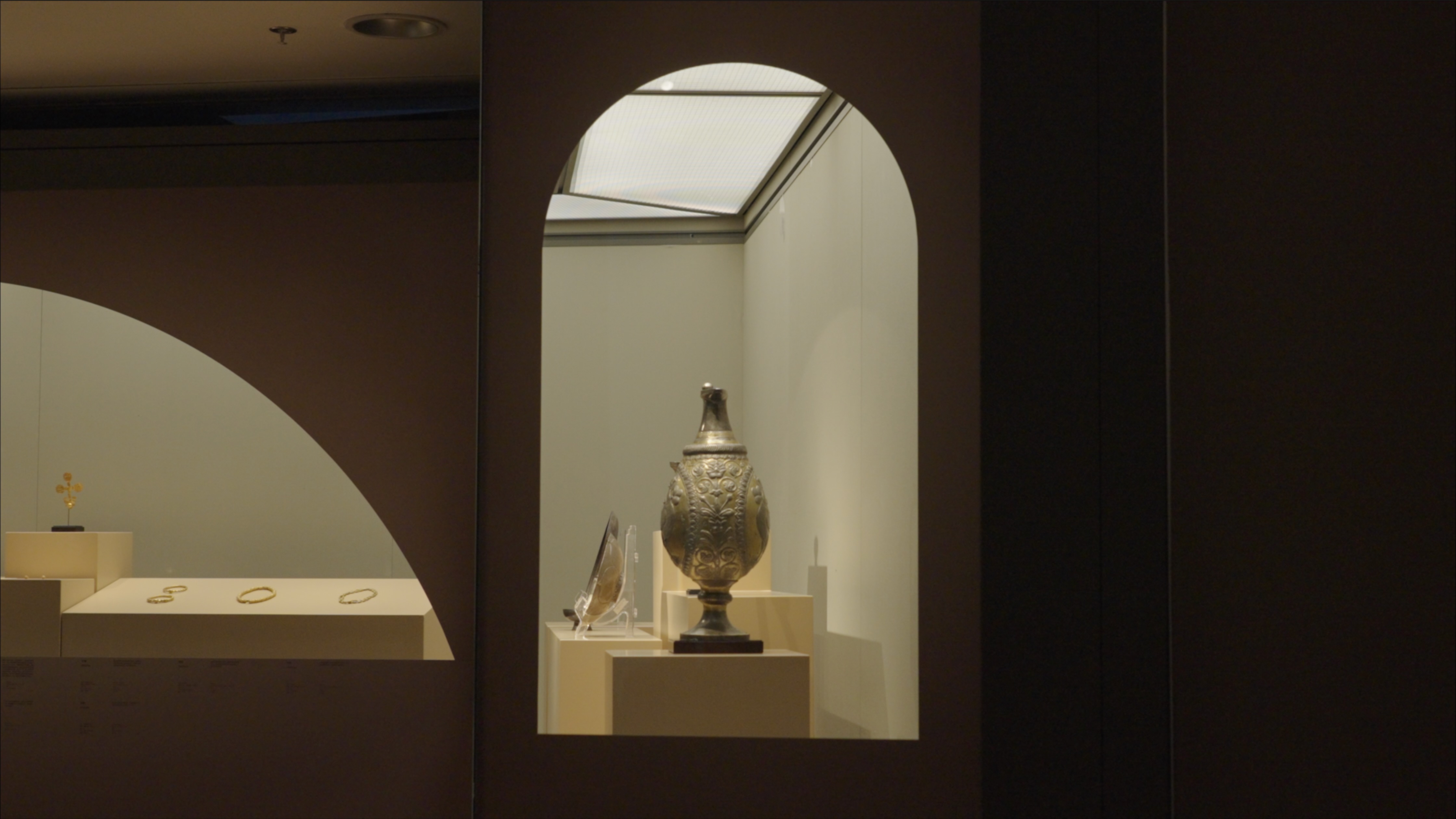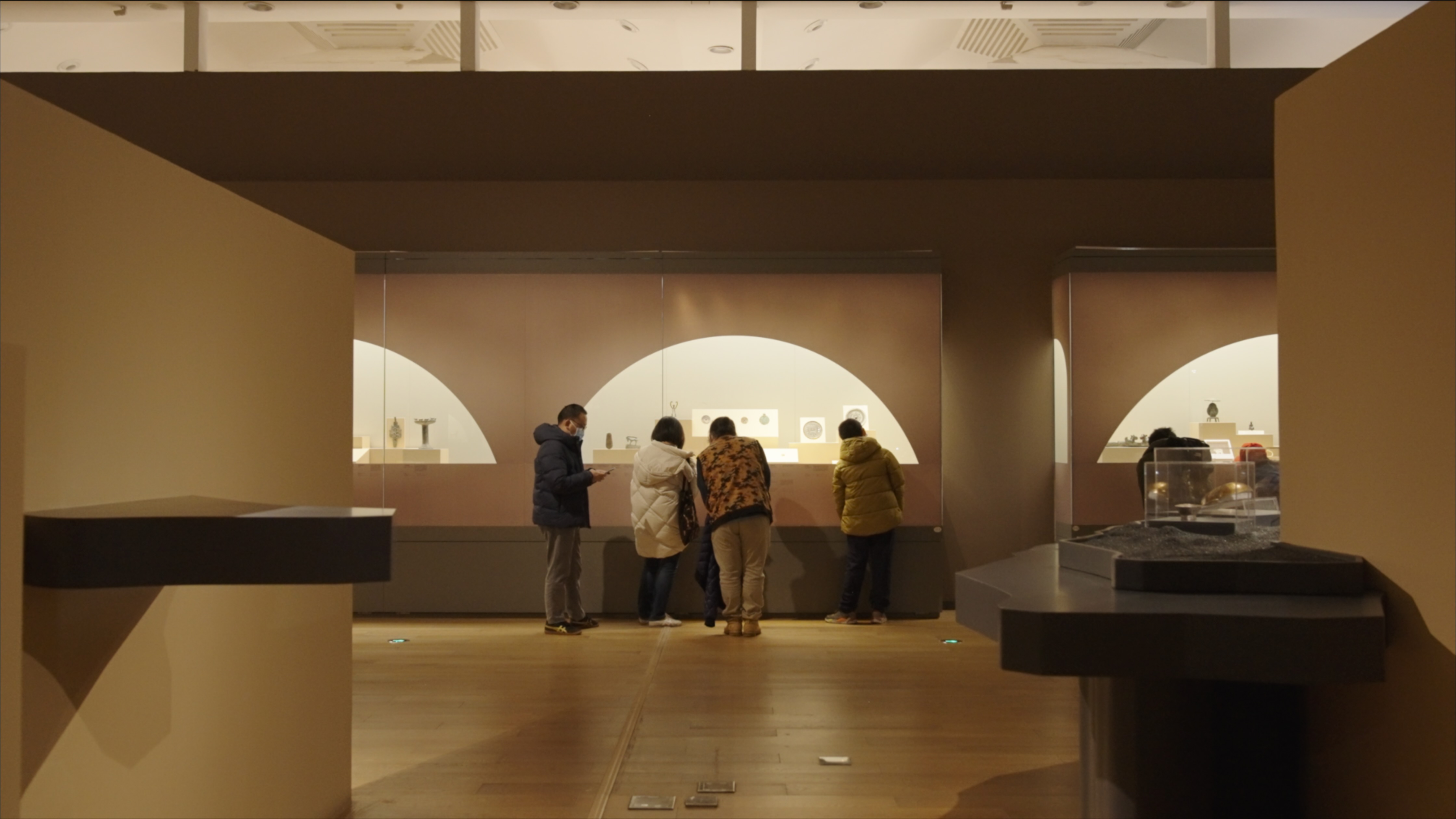An exhibition of metal art is underway at the Tsinghua University Art Museum in Beijing. By showcasing relics from the early stages of metallurgy, it aims to highlight the long history of cultural exchanges and mutual learning across Eurasia.
04:29

Throughout history, metalwork has played an essential role in the politics, economies, technology, and culture of many civilizations. With metal art dating back 4,000 years, this exhibition shows how metal was used by different countries and groups in the region to serve not only practical and ornamental purposes, but also military, religious and other applications.
Some 300 pieces of relics are on display, presenting the history, development and spread of metal art. The artifacts hail from all over Eurasia, including Mesopotamia, the Mediterranean region, the Iranian plateau, the Caucasus region, Central Asia, and East Asia.

An exhibition on metal art is underway at the Tsinghua University Art Museum in Beijing. /Tsinghua University Art Museum
An exhibition on metal art is underway at the Tsinghua University Art Museum in Beijing. /Tsinghua University Art Museum
The ancient Silk Road has long been a window for China to promote and engage in foreign exchanges. The country’s close connection to the Eurasian steppe may be an important factor in the rise and development of early metallurgy in northwest China.
The ongoing exhibition presents bronze, silver and gold ware with foreign elements from different periods that were discovered in Xinjiang, the Hexi Corridor, Liupan Mountain, and along the Great Wall in north China. They serve as concrete proof that cultural exchanges between East and West took place in this region several millennia ago.

An exhibition on metal art is underway at the Tsinghua University Art Museum in Beijing. /Tsinghua University Art Museum
An exhibition on metal art is underway at the Tsinghua University Art Museum in Beijing. /Tsinghua University Art Museum
In ancient times, military affairs and rituals served as one of the key foundations of a state. Metal was not only used to make weapons; it was also widely used for artistic and religious purposes. Later, metal was used for personal ornaments and everyday utensils. The quest for ever more intricate designs and decorations continued to advance metallurgical technologies.

An exhibition on metal art is underway at the Tsinghua University Art Museum in Beijing. /Tsinghua University Art Museum
An exhibition on metal art is underway at the Tsinghua University Art Museum in Beijing. /Tsinghua University Art Museum
The show in Beijing is divided into six "chapters," each one shining a light on the significance of metallurgy in Eurasia at different periods in history. By displaying important relics from several regions, it reflects the aesthetics of various civilizations and how these were shared.
"I hope visitors can see how civilizations communicated and learned from each other over the course of human history, especially at the eastern end of Eurasia where China is located," said Tan Shengguang, the exhibition's curator.
"Through this exhibition, we can see that the world has always been interconnected, and only through such interconnection can we create more inclusive and splendid cultures," he added.